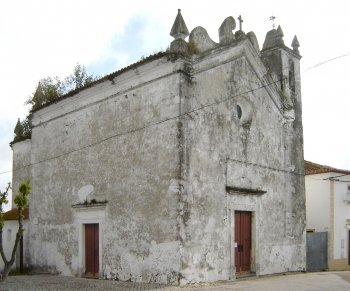Explore the best places
Monuments in Viana do Alentejo
Convento de Jesus
- heritage
Rua do Convento, 35
7090-256, Viana do Alentejo
Currently undergoing renovation, this church retains a geometric stucco coffered ceiling and retains its eighteenth-century shutters, cushioned and pleated in tin. It was the only convent of nuns of the Order of St. Jerome in Portugal.
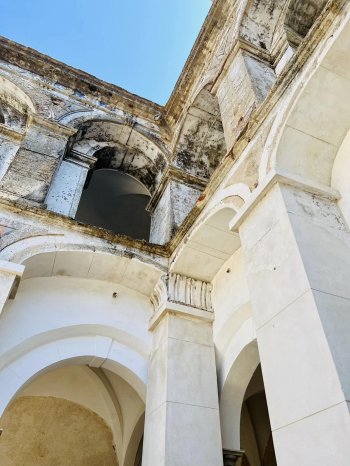
Palácio Fragoso-Barahona
- heritage
Rua do Relógio, 11
7090-048, Viana do Alentejo
An 18th-century mansion. It was the seat of the former estate established by Martim Afonso de Melo, Bishop of Guarda.
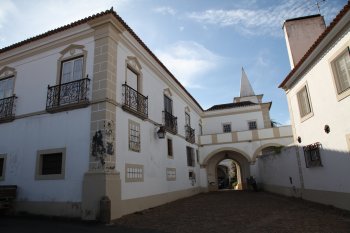
Anta de Aguiar
- heritage
Aguiar
7090, Viana do Alentejo
Also known as Anta do Zambujeiro, it served as a place of worship for the dead during the Neolithic period. It preserves the corridor, burial chamber, and roof slab, although listed.
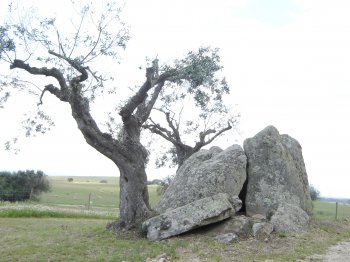
Santuário de Nossa Senhora de Aires
- heritage
Viana do Alentejo
7090, Viana do Alentejo
The longitudinal nave is divided into three sections, from which the transept arms and the two towers of the façade stand out. The façade is imposing, marked by two symmetrical lateral bell towers. The nave has a full-round vault roof, and lighting is provided by the nave's large windows. The church's entrance portal, dating from 1755, is a meticulous Rococo piece.
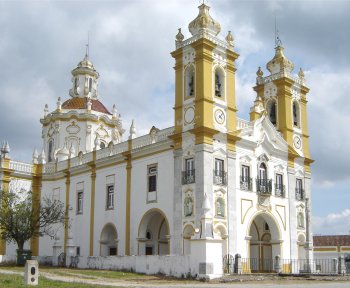
Igreja Matriz de Alcáçovas / Igreja do Salvador
- heritage
Estrada da Cruzinha
7090-025, Viana do Alentejo
A temple with three naves and Doric columns, with three Baroque altars in gilded woodwork. The chancel, covered in tiles, features a Mannerist altarpiece.
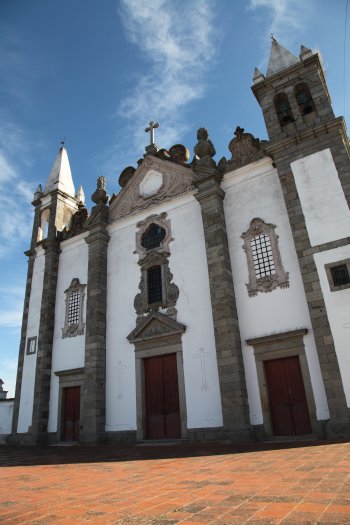
Paço Real da Vila / Paço dos Henriques
- heritage
Praça da República
7090-026, Viana do Alentejo
It is a 13th-century building that was completely altered in the 16th century to house the chapel of São Jerônimo. Its floor plan consists of two rectangular elements arranged perpendicularly. Notable features include the courtyard portico, a small square opening in the cellars, and three Manueline-framed windows, one of which opens onto a balcony. Also, noteworthy is a single-flight staircase leading to a small portico.
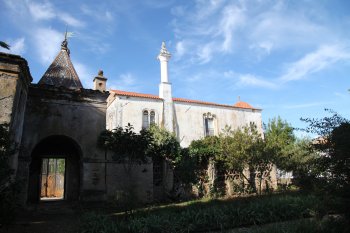
Igreja Matriz de Aguiar / Igreja de Nossa Senhora da Assunção
- heritage
Largo 25 de Abril, 8
7090-226, Viana do Alentejo
Its exact foundation is unknown. However, it is mentioned in royal documents from 1320. In the 17th century, its main elevation underwent major architectural changes. It features a granite portal, a lintel, a triangular pediment topped by a stone cross, a spire at the north end, and a robust, sharp-pointed bell tower opposite, made of masonry decorated with artistic sgraffito, two eyelets, and an equal number of cast bronze bells, the oldest dating from 1772.
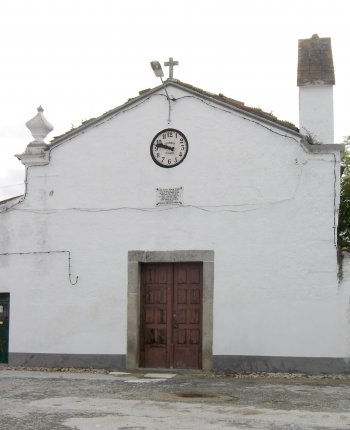
Castelo de Viana do Alentejo
- heritage
Largo de São Luís, 7
7090-271, Viana do Alentejo
Originally called "Viana de a par de Alvito," the town was repopulated in the 13th century by King Gil Martins. In 1313, King Dinis granted it a charter and privileges and ordered the construction of the castle, which, rebuilt by King João II, still retains the characteristics of the original design. It is a pentagonal monument with cylindrical towers with cruciform arrow slits at its corners.
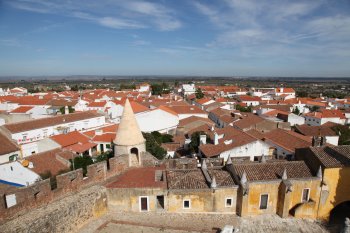
Igreja Matriz de Viana do Alentejo
- heritage
Travessa das Torres, 10
7090-268, Viana do Alentejo
Manueline building with Mudejar influences, designed by Diogo Arruda. The church features a wide nave with a small apse flanked by two apsidioles. The main façade features a wide Manueline portal and a small openwork window with a round arch. It is decorated with 18th-century murals. Inside, the church is structured in three naves of five bays, with the apse almost embedded in the wall.
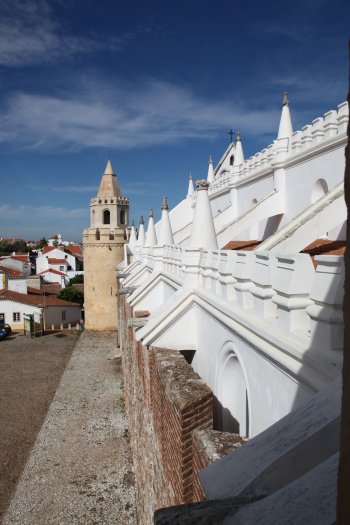
Ermida Nossa Senhora da Piedade
- heritage
Rua Bento de Jesus Caraça, 19
7090-411, Aguiar
Chapel of popular architecture, being modest and with thick masonry plastered. It is prized by two portals carved in white marble and protruding rope type door jambs. Note also the frescoes from the 17th century and beginning of the 19th century in the vault of the chancel. It is also known as the Lord's Chapel of Senhor dos Passos or Wounds.
